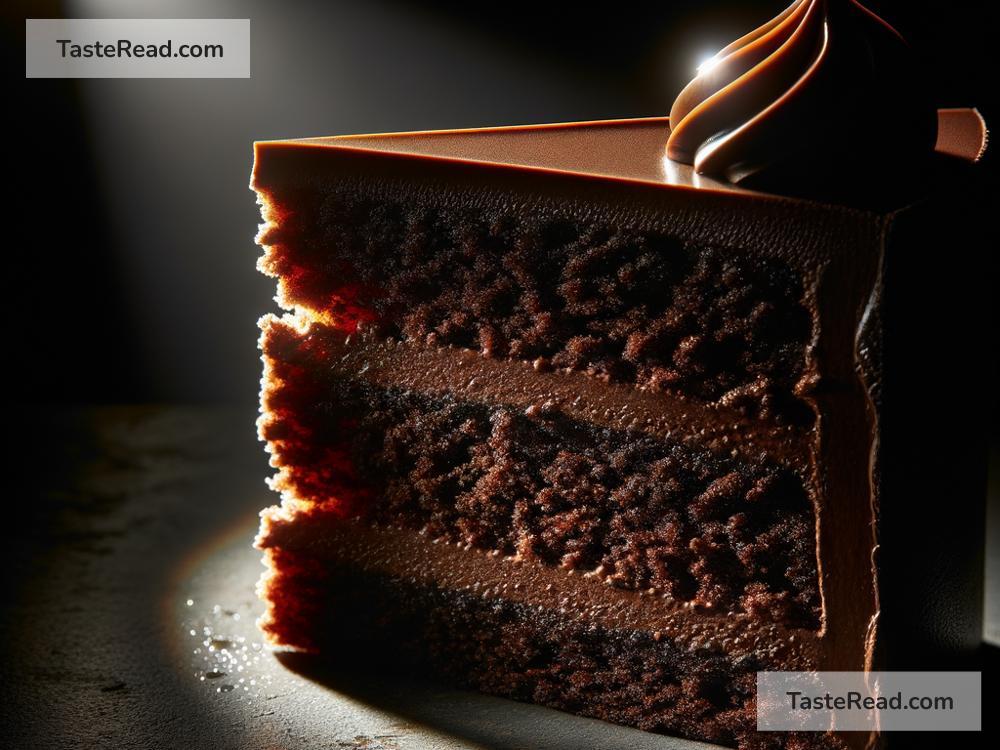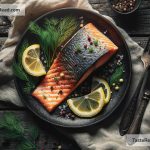How to Use Stylized Lighting for a Dramatic Food Photography Effect
In the mesmerizing world of food photography, lighting does more than just illuminate your subject. It plays a pivotal role in setting the mood, creating depth, and emphasizing the textures and colors of the food, making it look even more delicious. If you’re eager to elevate your food photographs from good to mouthwateringly irresistible, then mastering the art of stylized lighting is your golden ticket. Let’s dive into some simple yet effective ways to use lighting for a dramatic effect in your food photography.
Understanding the Basics of Light
Before we get into the nitty-gritty, it’s important to understand the two main types of light you can work with: natural and artificial. Natural light is the sun, providing a soft and diffused light perfect for a natural look. Artificial light, including LED lights and flash, gives you more control over the direction and intensity of light but requires a bit more finesse to achieve a natural effect. Regardless of which you choose, the key is understanding how to shape and direct the light to create the mood you’re after.
The Magic of Side Lighting
One of the simplest yet most effective lighting techniques in food photography is side lighting. It involves placing your light source (whether it’s a window or an artificial light) to the side of the food. This technique creates beautiful shadows and highlights, giving the food texture and dimension. It’s particularly useful for emphasizing the crispness of a crust or the glossiness of a sauce. Playing around with the angle and distance of the light can dramatically change the mood from a bright morning breakfast to a cozy, intimate dinner.
The Drama of Backlighting
For a truly dramatic effect, backlighting is your friend. Position your light source behind your food, angled slightly towards the camera. This technique creates a backlight around your subject, making it almost glow against the background. It’s excellent for capturing steam or smoke, adding an extra layer of allure to your shots. Be mindful of lens flare, though; sometimes using a flag (a piece of cardboard or fabric) between the light and your lens can help control unwanted light.
Creating Contrast with Hard Light
Stylized lighting isn’t always about soft, diffused light. Hard light, created by direct, unmodified light sources, casts sharp shadows and creates a stark contrast in your images. This style can add a punch of drama and is particularly effective for creating a moody or edgy look. It’s perfect for highlighting the textures and edges of your food. However, use it judiciously as it can create unwanted harsh shadows if not positioned correctly.
The Glow of Soft Light
Conversely, soft light, characterized by its diffused and even nature, can create a dreamy, delicate mood. This is typically achieved using diffusers like softboxes or even white curtains to soften the sunlight. Soft light wraps around the food, reducing harsh shadows and creating a very inviting and natural look. It’s particularly good for shots that aim to elicit a warm, comfortable feeling, like a bowl of soup on a rainy day.
Playing with Color Temperatures
Another aspect of stylized lighting to consider is color temperature. Warm lights can make your food look more inviting, perfect for baked goods or grilled meats. Conversely, cooler lights can bring out the freshness in salads or drinks. Using colored gels on your artificial lights can add an interesting twist to your images, potentially matching or contrasting with your food’s color palette for an added dramatic effect.
Refining with Reflectors and Gobos
Lastly, refining your lighting setup using accessories like reflectors and gobos (go-betweens) can elevate your food photography. Reflectors bounce light back onto the darker side of the food, filling in shadows and highlighting details. Gobos, on the other hand, can block or pattern light for interesting shadows or highlight effects, adding a layer of complexity and drama to your images.
Wrapping Up
Stylized lighting in food photography is about experimentation and finding what works best for the story you want to tell with your food. Whether you lean towards the dramatic contrast of hard light or the gentle embrace of soft light, each technique has its place. By understanding and playing with different lighting setups, you can create stunning, dramatic food photography that not only looks professional but is imbued with emotion and depth. So grab your camera, play with the light, and let your culinary creations shine in their best light!


